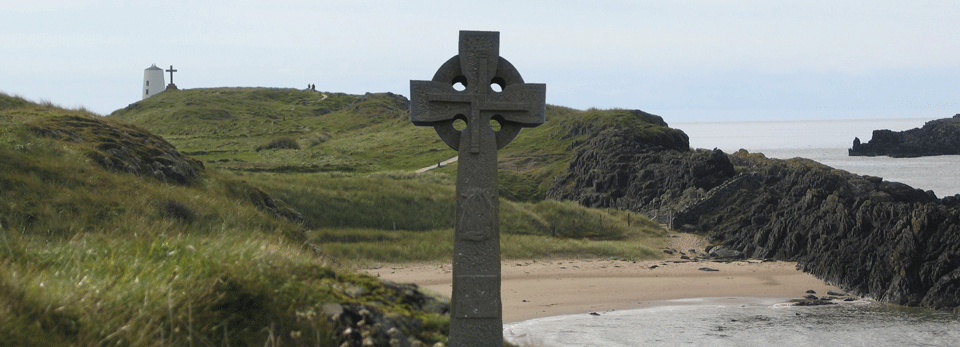John Wesley had a conversion experience in 1738 and began to preach in the open air in 1739. From then until his death in 1791 he worked to promote a revival in the Church of England, which was at that time the established church in England and Wales. He preached first in Wales in 1739 at the invitation of the Calvinistic Methodist Howell Harris. Thereafter he visited Wales regularly, often passing through the country on his way to Ireland where he was also active. John Wesley did not speak Welsh and therefore his main influence was on English speakers. At the time of his death he had only around 600 followers in Wales. At first John Wesley was willing to leave the work among Welsh speakers to Harris. However, Wesley emphasised that salvation is offered to all who respond to God’s invitation. This differed from the belief of Harris and other Calvinistic Methodist leaders. Because of this it became increasingly difficult for the Calvinistic and Wesleyan Methodists to cooperate. Although Wesley throughout his life intended his followers to continue as a revival movement within the Church of England, separation became inevitable and this happened soon after his death. In 1800 Thomas Coke, the leader of the Wesleyan missionary movement and a native of Brecon, persuaded the British Wesleyan Methodist Conference to send Welsh-speaking missionaries to Wales. This was the official beginning of Welsh-speaking Wesleyan Methodism which grew throughout the 19th century to a total of over 20,000 members. In common with the other nonconformist denominations the Wesleyan Methodists established Welsh-speaking congregations and chapels in those cities in England where significant numbers of Welsh people had moved to work. In 1899 a Welsh Assembly (Y Gymanfa Gymreig) was established which was answerable only to the Conference. In 1904 the Welsh-speaking work was organised in three Districts which included the Welsh chapels in Wales and England. By 1925 the total number of members was over 25,000. However, in 1974, because of declining numbers, the three Districts joined and that remains the situation today. Further reading The following are the main books in English on the history of Welsh-language Wesleyan Methodism. Details of important books in Welsh can be found on the Welsh pages of this website. Unfortunately, all the books listed are out of print, but it is possible to find copies in libraries, second-hand bookshops and on the internet. Madden, Lionel, ed. Methodism in Wales: A Short History of the Wesley Tradition (2003). Includes chapters, with many illustrations, on the history of Welsh-language and English- language Methodism, chapel architecture, literature and hymns, preaching and preachers, and the social contribution of Methodists. Vickers, John A., ed. A Dictionary of Methodism in Britain and Ireland (2000). An essential source of information. It is also available as a website which is regularly updated www.wesleyhistoricalsociety.org.uk/dmbi/index Williams, A. H., ed. John Wesley in Wales 1739-1790 (1971). A collection of those parts of Wesley’s journal and diary that record his visits to Wales, with useful notes by the editor. Williams, A. H. Welsh Wesleyan Methodism 1800-1858 (1935). A magisterial history of the early years. Young, David. The Origin and History of Methodism in Wales and the Borders (1893). Records the history of the Wesleyan Methodist movement in each county in Wales in the 18th and 19th centuries. In addition to the above there are many historical articles, especially in the volumes of the periodical Bathafarn which was published by the Historical Society (Y Gymdeithas Hanes) between 1946 and 2003. Bathafarn has been digitised by the National Libray of Wales as part of its ‘Welsh Journals Online’ programme. Articles in Bathafarn are mainly in Welsh, but it contains some in English, especially in the earlier volumes. Since 2011 the Historical Society has published articles in a new Welsh-language periodical, Bathafarn Bach. The Proceedings of the Wesley Historical Society, which has been published since 1897, and the Bulletin of WHS in Wales, which has been published since 2011, also include some relevant articles.

